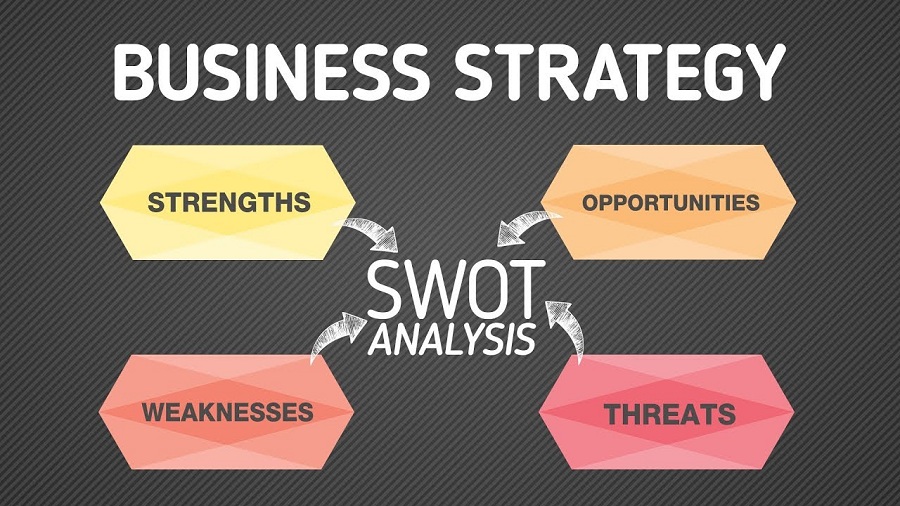Auctioning – A Viable Business Strategy

In order to run a successful company one has to be on a lookout for gathering money from investors, creditors and even from the sale of the unused, surplus assets of the company. Auctioning can help the third task – selling off unused assets- go smoothly. A company can take the help of auction services in this regard.
Are Auction And Liquidation Same?
Sometimes, the words auction and liquidation are used as synonyms. However the two are quite different from one another. Liquidation is a slow process where traditional selling methods are used – finding the suitable buyer, negotiating the final selling price and ultimately selling.
Auction, on the other hand, is a quick process and this allows the owner of a company pay off the creditors in time. In this process the assets are sold to the person who bids the highest amount among the crowd. As far as consumption of time is concerned, auction is better than liquidation.
Types Of Auction
Mainly, there are four types of auction
- Absolute Auction is
- Minimum Bid Auction
- Reserve Auction
- Multiple Parcel Auction
All these auction methods are different from one another and have their own positive and negative aspects. Let us have a detailed review of the above mentioned types of auction.
Absolute Auction
In absolute auction, there is no set minimum price. The buyers can propose any bidding amount. In the first instance, one might think that this type of auction will bring loss to the seller. However, the exact opposite is the truth. Since there is no minimum amount set, this type of auction generates huge crowd which creates heavy competition.
Minimum Bid Auction
This type of auction pre-defines a minimum selling price. The buyers cannot bid a value below this price This type of auction provides a safety net for the seller but it also repels the buyers if the minimum threshold bid appears unjustifiable to the buyers.
Reserve Auction
In this type of auction, the seller, first, sets an ideal selling price for his assets but he does not state the price openly. If, even the highest bid does not reach the level of seller’s ideal selling price, the seller has the right to walk away. Although this type of auction provides a significant level of protection to the seller, it gathers very little crowd as there is no assurance that the sale will actually take place.
Multiple Parcel Auction
This type of auction can be seen when the asset is a large piece of land. In this auction the seller sells the land part by part and not as a whole. Since one does not need to buy the whole land, an individual can compete with big companies while bidding. This creates a level playing field.
Alternatively, an auction can be classified in the following way –
English Auction-Person with the highest bid is considered the winner. The bidders compete against each other.
Dutch Auction- First, a selling price is fixed which is intentionally inflated. The auctioneer gradually lowers the price until the price appears reasonable to any bidder.
Sealed First Price Auction – Buyers submit their bids in a sealed envelope. Person who submitted the highest bid wins. There is no scope of competition and the resulting adjustment of bids by the buyers because they cannot see each other’s bid.
An auction is useful when a company needs money quickly. Some people say liquidation is better than auction which is partly true because of the scope of finding the right buyer. However some assets remain unsold even after liquidation. These assets are then auctioned. Thus liquidation and auction services complement each other.








